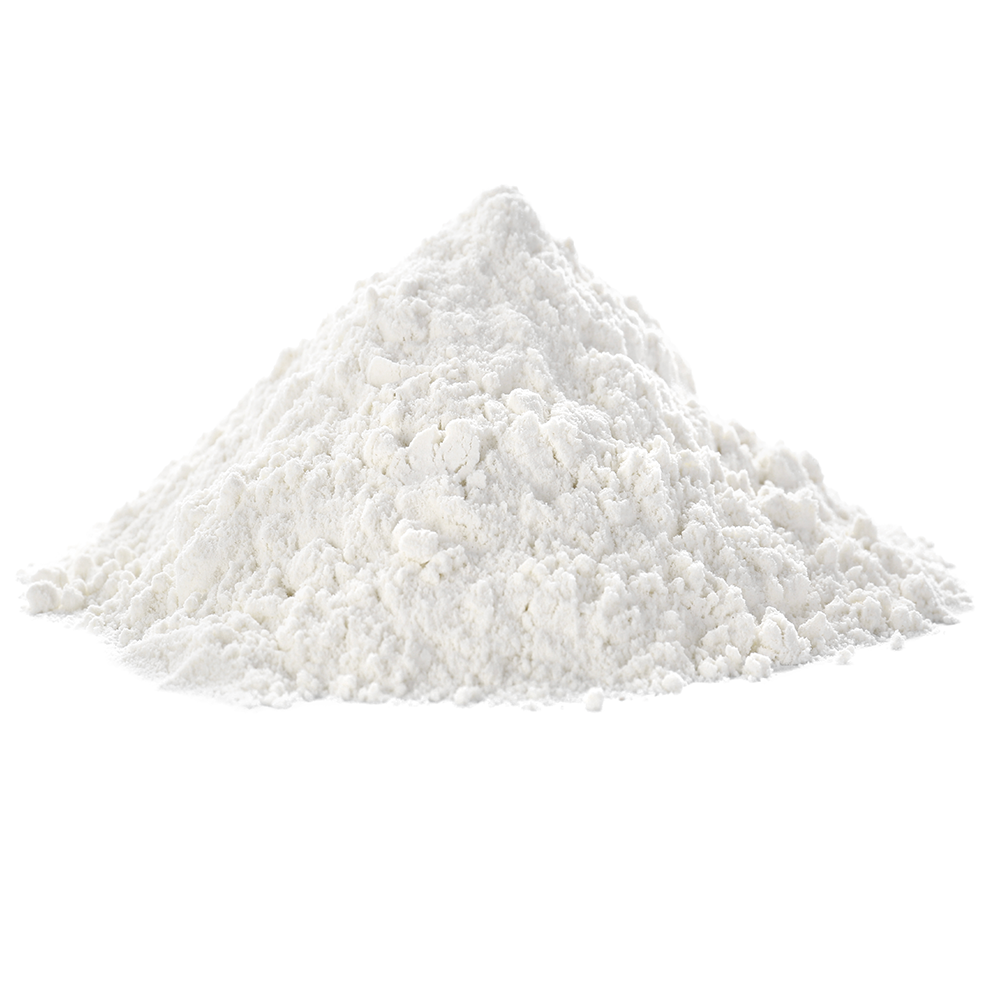All You Need To Know About D-Aspartic Acid
D-Aspartic acid (DAA) is one of two forms of aspartic amino acid. The second form is the so called l-aspartic acid.
DAA acts in the central part of the brain, where it causes the release of hormones such as luteinizing hormone, follicle stimulating hormone and muscle hormone. However, it can also be formed in the testicles, alleviating the rate of limitation for testosterone synthesis, leading to an overall increase in testosterone levels in the body. D-Aspartic acid is also used as a testosterone booster in men suffering from infertility and in active athletes who are trying to increase muscle mass. However, it has been shown that increased testosterone levels in healthy men only last for a week before returning to their original levels.
Foods High in D-Aspartic Acid
D-Aspartic acid is a naturally occurring form of one of the 20 major structural amino acids. At the same time, however, DAA is naturally found in the diet, with some food sources containing a large dose of this biogenic amino acid.
DAA is naturally found in the following sources :
- soy protein (9%)
- corn (40%)
- casein (31%)
- vegan bacon (meatless, based on soy extract – 13%)
It has been found that d-aspartic acid can also be formed from l-aspartic acid during cooking or heating food. Even during the pasteurization process of raw dairy products, it was found that the DAA level doubled from 1.5% to 3%
D-Aspartic Acid increases testosterone levels and promotes muscle growth
D-Aspartic acid causes an increase in testosterone synthesis by regulating a compound called StAR (a stimulating steroidogone acute regulatory protein) that regulates androgen synthesis in testicular cells. Based on this principle, DAA is able to indirectly release luteinizing hormone (a hormone that stimulates testosterone production and affects testicular sperm production) into the pituitary gland, which is responsible for hormonal processes in the body.
One study, which lasted 12 days, noted that d-aspartic acid was able to increase testosterone levels by 15% after 6 days and by 42% after 12 days, compared to baseline, which dropped to 22% after three days. Another study has followed in which, after 90 days, it was possible to increase serum testosterone in infertile men by receiving 2.66 g of DAA by 30 to 60%. Another interesting study was conducted on athletes who were administered 3 g daily for 28 days. However, the fact is that they have not experienced increased testosterone levels with long-term use. On the other hand, this study has shown a very important induction of serum d-aspartic oxidation (DAO), which significantly degrades d-aspartic acid. Accumulation of d-aspartic acid in the front part of the pituitary gland causes an increase in the secretion rate of gonadotropin-releasing hormone (hormone regulating the activity of the gonads) and growth hormone (GHRH). Thus, short-term use of d-aspartic acid appears to have effective effects in increasing testosterone levels, which are directly related to muscle mass growth.
Benefits that both men and women will appreciate.
For men, DAA, in addition to increasing testosterone levels and thus muscle growth, is very important in sperm formation. One study has shown that d-aspartic acid is present in the process of spermatogenesis, i.e. sperm formation. It also affects their quality and improves reproduction in men. In addition, by increasing testosterone, it acts as a sexual stimulant and increases sexual desire.
For women, d-aspartic acid may play an important role in sexual life and reproduction. The study found that DAA was found to be a physiological component in a follicular fluid that decreases with age and affects the reproductive potential of women. It can therefore have a positive effect on women during menopause but also at working age, promoting reproductive potential, and increasing libido. However, for women, the use of DAA should be consulted with a specialist or physician.
Improves memory and brain activity
Recent studies have found that d-aspartic acid acts as an endogenous neurotransmitter. This means that it is also a substance that can link “communication” between individual neurons. This process serves as a “brain cleansing” and it has been found that the presence of DAA in this process improves memory, overall brain activity but also concentration. [17]
Who should consider taking D-Aspartic Acid?
For many people, d-aspartic acid provides benefits. However, there are also people who should consider using it more thoroughly.
We recommend using DAA if:
- You are a man over the age of 21 and have problems with low testosterone.
- You are looking for a natural way to increase the production of endogenous anabolic hormone.
- You have low libido and feel that your muscles cannot recover so quickly after training.
- Note: It is an advantage if you continuously monitor your testosterone levels while taking DAA.
Do not consider taking D-Aspartic Acid if:
- You are a woman, you should consult your doctor about taking DAA.
- You are less than 21 years old and have increased testosterone levels.
- You are fighting increased levels of DHT (dihydrosterone) or estrogen.
- You suffer from hyperthyroidism.
How often should you take D-Aspartic Acid?
The standard daily dose of DAA ranges from 2000 to 3000 milligrams. DAA is therefore a dietary supplement that is taken daily. However, opinions differ. One study was conducted with a daily dose of 3000 mg for 12 days followed by a one week pause. The second study continued without a break at a daily dose of 2000 mg and showed no difference in outcome or other negative effects. It is up to you to decide whether to take DAA with or without breaks, but always read the information on the product label.









